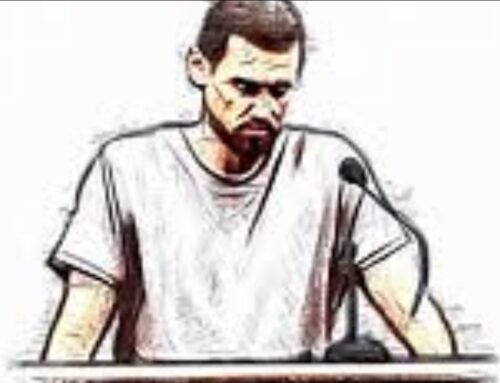Before this one, I had never been involved in a case that had been featured on “The First 48.” The more I learned about the case—and how the show insinuated itself directly into the homicide investigation—the more disgusted I became.
During my cross-examination of Detective Bosch, I was literally flabbergasted at the things that I learned. Among them: the detectives “acted out” scenes at the request of show producers; they took an active role in the production of the show by wearing recording equipment; and, they gave the show’s crew free reign to traipse around the crime scene.
Even non-lawyers have heard the rule “never ask a question on cross-examination if you don’t know the answer.” Well, needless to say I didn’t follow that rule in this hearing because I frankly didn’t see a downside. And I simply couldn’t believe the answers I was getting.
At one point I decided to focus on the issue of the complete lack of documentation regarding the identity of the crewmembers who were so enmeshed in the investigation that it was getting difficult to tell where the line was —if there was one— between a homicide investigation and a television show. This was important because the law requires a prosecutor to provide the names and addresses of all witnesses to the defense. This specifically includes eyewitnesses and witnesses to any statements made by the defendant. Nonetheless, the glare of the television lights and/or the allure of being reality TV stars seemed to blind the detectives to their training, obligations and responsibilities:
After a while, it became apparent that the integrity of the entire investigation was compromised. The more we dug, the more issues we found. One of the more shocking: the the crime scene had literally been tampered with.
Incredibly, the prosecutor stipulated (agreed) to our motion to suppress pictures of the crime scene after we were able to establish that the “field producers” of the show rearranged items as if they were props (we were able to prove the crime scene had been tampered with by comparing still shots of the crime scene from the show to the official crime scene photographs).
Putting aside the myriad issues raised by allowing a television show to insinuate itself into a homicide investigation, the fact is that the appeal had nothing to do with these issues—it was about the prosecutor disagreeing with the judge’s decision to keep our client’s statements from being admitted into evidence.
And I think one of the important observations from reading the court’s opinion is that video footage from these shows can actually cut both ways. Even though the vast majority of the footage ended up on the cutting room floor (can anyone say: “evidence?”), the little footage that was left still raised enough questions about how the detective interrogated our client for the court to say the statements shouldn’t be admissible.
One of the ironic things about this case was that the prosecution wanted to introduce a five minute, heavily edited TV version of the two hour interrogation. In an easy call, the court agreed with the trial judge that allowing the prosecutor to do that would be completely unfair. The ironic part is that the court, only after seeing the heavily edited video themselves, said that the detective used some of our client’s responses as evidence against him but that our client didn’t understand the questions. In other words it was obvious from the video that the detective’s testimony about our client’s statements was not accurate. Scary.
So I think the takeaway here is that video is actually a good thing, and the police should always videotape when they are questioning someone.
The sobering part is that if we didn’t have that video we wouldn’t have been able to prove our client was questioned illegally, and the detective’s inaccurate testimony about what our client said would have gone unchallenged.
Thankfully, that didn’t happen.
But what about all the cases where there wasn’t any video? Now that’s scary.
February 8, 2015.








